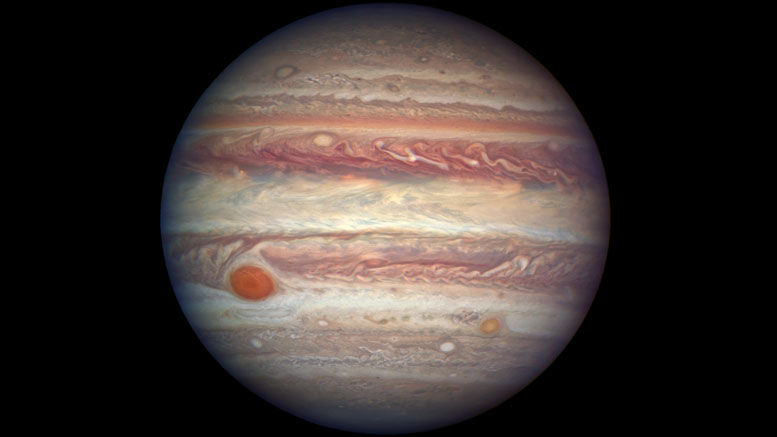
Named after the Roman king of the gods, the immense planet Jupiter is undoubtedly king of the solar system. Containing more mass than all the other planets combined, Jupiter’s immense gravitational field deflects wayward comets that otherwise might slam into Earth, wreaking havoc. This stunning Hubble photo of Jupiter was taken when it was comparatively close to Earth, at a distance of 415 million miles. Hubble reveals the intricate, detailed beauty of Jupiter’s clouds as arranged into bands of different latitudes, known as tropical regions. These bands are produced by air flowing in different directions at various latitudes. Lighter colored areas, called zones, are high-pressure where the atmosphere rises. Darker low-pressure regions where air falls are called belts. The planet’s trademark, the Great Red Spot, is a long-lived storm roughly the diameter of Earth. Much smaller storms appear as white or brown-colored ovals. Such storms can last as little as a few hours or stretch on for centuries.
As Jupiter made its nearest approach to Earth in a year, a distance of 415 million miles (668 million kilometers) away, Hubble took advantage and captured stunning images of the planet and its atmosphere.
NASA’s Hubble Space Telescope viewed Jupiter as it made its nearest approach to Earth in a year, revealing the solar system’s largest planet in all of its up-close glory. Hubble captured spectacular views of the colorful, roiling atmosphere, the legendary Great Red Spot, and it smaller companion at farther southern latitudes dubbed “Red Spot Jr.”
The giant planet is now at “opposition,” positioned directly opposite the sun from the Earth. This means that the sun, Earth and Jupiter line up, with Earth sitting between the sun and the gas giant. Opposition also marks Jupiter’s closest point to us, and the planet appears brighter in the night sky than at any other time in the year.
This positioning allowed a team led by Amy Simon of NASA’s Goddard Space Flight Center in Greenbelt, Maryland to observe Jupiter using Hubble’s Wide Field Camera 3. Hubble photographed exquisite details in Jupiter’s atmosphere, as small as about 80 miles (129 kilometers) across.
The Hubble Space Telescope observed Jupiter on April 3rd, 2017 – just days before Jupiter is in opposition on April 7th. This new image of Jupiter is part of Hubble’s Outer Planets Atmospheres Legacy program, which is one of many ways Hubble provides science on the Jupiter system.
With its immense and powerful storms and hundreds of smaller vortices, the atmosphere of Jupiter is divided into several distinct, colorful bands, parallel to the equator. These bands, with alternating wind motions, are created by differences in the thickness and height of the ammonia ice clouds; the lighter bands rise higher and have thicker clouds than the darker bands. The bands are separated by winds that can reach speeds of up to 400 miles (644 kilometers) per hour.
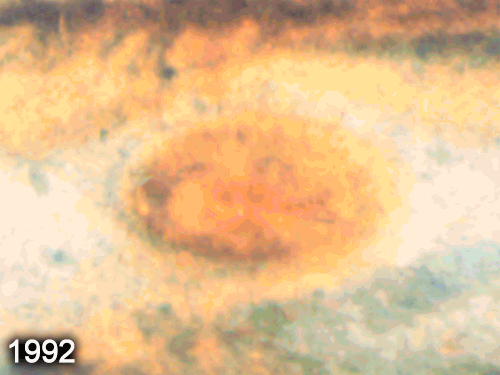
Animation showing Hubble observations of Jupiter’s Great Red Spot, 1992 through 2017.
Jupiter is best known for the Great Red Spot, an anticyclone that has raged for at least 150 years. This famous storm is larger than Earth. However, the Great Red Spot is slowly shrinking — a trend seen since the late 1800s. The reason for this phenomenon is still unknown. Hubble will continue to observe Jupiter in hopes of solving this mysterious riddle.
The images are part of the Outer Planets Atmospheres Legacy program or OPAL. This program provides yearly Hubble global views of the outer planets to look for changes in their storms, winds, and clouds. It began in 2014 with Uranus, and has been studying Jupiter and Neptune since 2015. In 2018, it will begin viewing Saturn.
The team timed the Hubble observation to coincide with when NASA’s space probe Juno would be near its closest point to Jupiter, so that scientists could get concurrent observations.

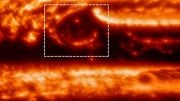
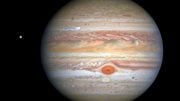
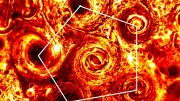
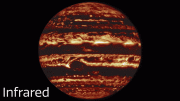
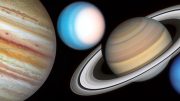
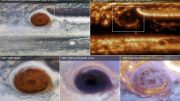
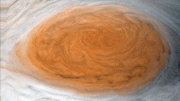
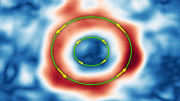
Be the first to comment on "NASA’s Hubble Telescope Captures Close-up Portrait of Jupiter"